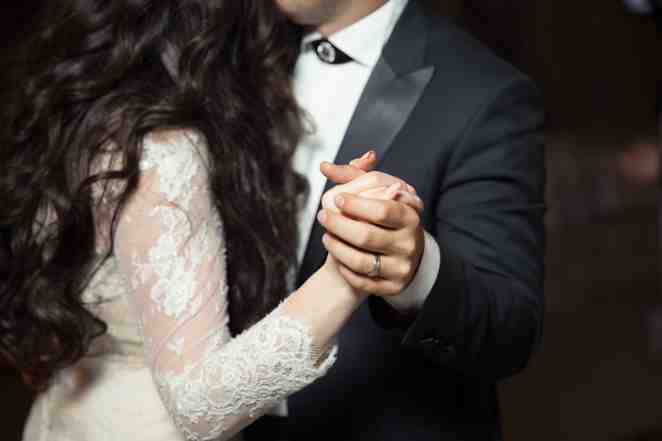
Getting the Most from Your Dance Lessons
Dance students naturally want to get the most they can from their lessons, but often lack a clear understanding of how to do so. In fact, any student's progress depends mostly upon how they approach and use their lessons.
Fast, complete and efficient progress will result only from a logical and structured approach to learning.
1. Set a Goal
Quite simply, unless both the instructor and the student have a clear understanding of the skills and abilities that are to be developed, then progress suffers.
A frank discussion of goals and the formation of a solid teaching plan are essential.
2. Correct Frame of Mind
The student-teacher relationship is one of both physical and mental participation. Knowledge can only be gained through focused attention and a willingness to learn.
Students should take care to apply themselves to the task at hand, and to do their best to perform the new elements according to their instructor's direction.
3. Concentration and Focus
Sometimes students, in a desire to "do everything right", will focus on one facet of dancing while the instructor is attempting to work on another.
The experienced instructor will not expect their students to correctly perform all of their old skills while learning something new.
The student should direct their attention only to the topic which the instructor has chosen, and the instructor will later amalgamate the new knowledge with the old.
4. Allow Instructor to Teach
The student is wasting their instructor's skills if they do not allow the instructor to exercise their own judgment and abilities.
Many students, who would not dream of telling their doctor what medicine to prescribe or their mechanic how to repair their car, will not hesitate to tell their instructor which part of their dancing most needs attention, and how they should be taught.
Instead, the instructor should be given rein to teach as they see fit, so long as they are working to the best of their abilities towards the student's goals.
If this path does not yield the desired results, then another instructor should be found.
Remember also that learning to dance is different from learning pure mental skills -- sometimes understanding comes only after correct performance, instead of the other way around.
The student should always try to allow the instructor to complete a presentation, since quite often full understanding dawns only when the presentation is complete and a "feel" for the action is obtained.
If at that point the student does not understand, then they should ask for clarification. Otherwise, they should try to allow the instructor to exercise their professional skills -- after all, that is what they were hired to do in the first place.
5. Practice
Practice is probably the most under-rated aspect of a student's learning. Those students who apply themselves to their practice invariably show more consistent progress than those who do not.
Students of tennis, skiing, martial arts, music, golf, or most other physical pursuits consider practice an integral part of their learning, but all too often students of social dance do not.
The human mind can consciously demand only so much of the body at one time, and is not capable of simultaneously monitoring or directing more than one or two aspects of the body's movement.
In order to correctly perform several different dance elements, the body must be able to function independently of concentration -- in other words, good dancing skills must be habitual. Habits can only be formed through repetition.
This can also be a pitfall, since a repeated action will become habit whether that action is desirable or not! Care must be taken to ensure that CORRECT performance is practiced AT LEAST 50% OF THE TIME, since the body will "remember" those actions which it has performed MOST OFTEN.
6. Regularity
Regularity also has a bearing on progress, since too much time between lessons breaks up the continuity of the learning progress, allows the student to forget too much of any lesson's instruction, and forces the instructor to unnecessarily repeat topics.
7. Variety
7.1 Instructors
Just as a single sculpture may be described in different ways by observers with different points of view, so may many dancing elements be described or approached in many different ways, serving to develop a more complete and thorough understanding.
However, one instructor should be chosen to be the main guide to a student's progress, serving as a "manager" for that student's overall learning. (Beware of instructors who advise you only to take lessons from themselves!)
7.2 Lesson Types
Smart students also participate in different types of lessons; private lessons, group classes, practice sessions, coaching lessons and workshops all serve to strengthen, reinforce, and diversify the student's learning.
7.3 Partners
A variety of partners serves to broaden dancing skills. Dependence upon a single partner can lead to the formation of weaknesses, since when a certain aspect of dancing is not challenged or used, it atrophies.
A variety of partners tend to challenge a student's skills in a larger number of situations than most single partners can provide.
Previous in Blog: Dance Floor Courtesy
Next in Blog: Dance Machine
On this Page